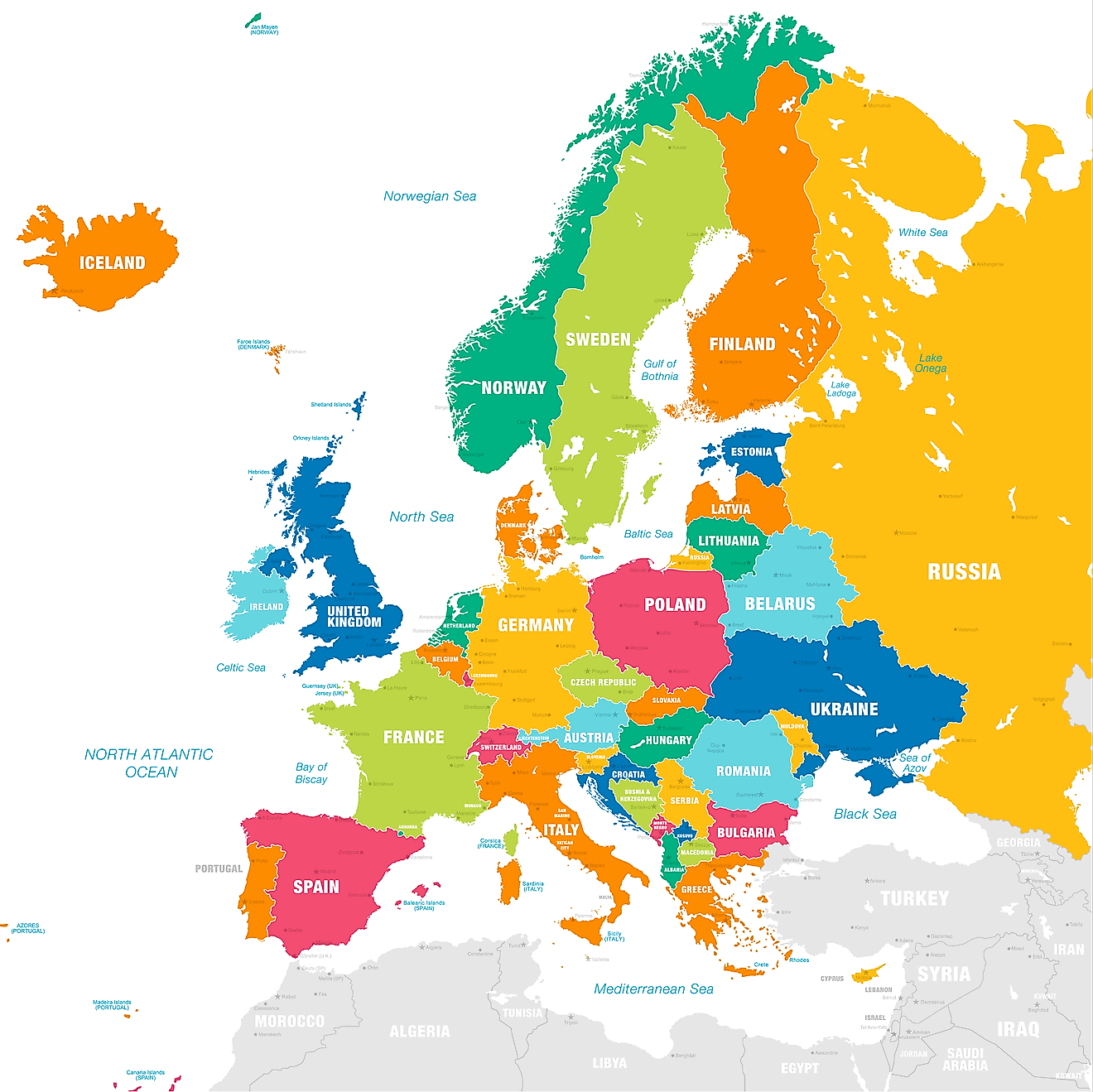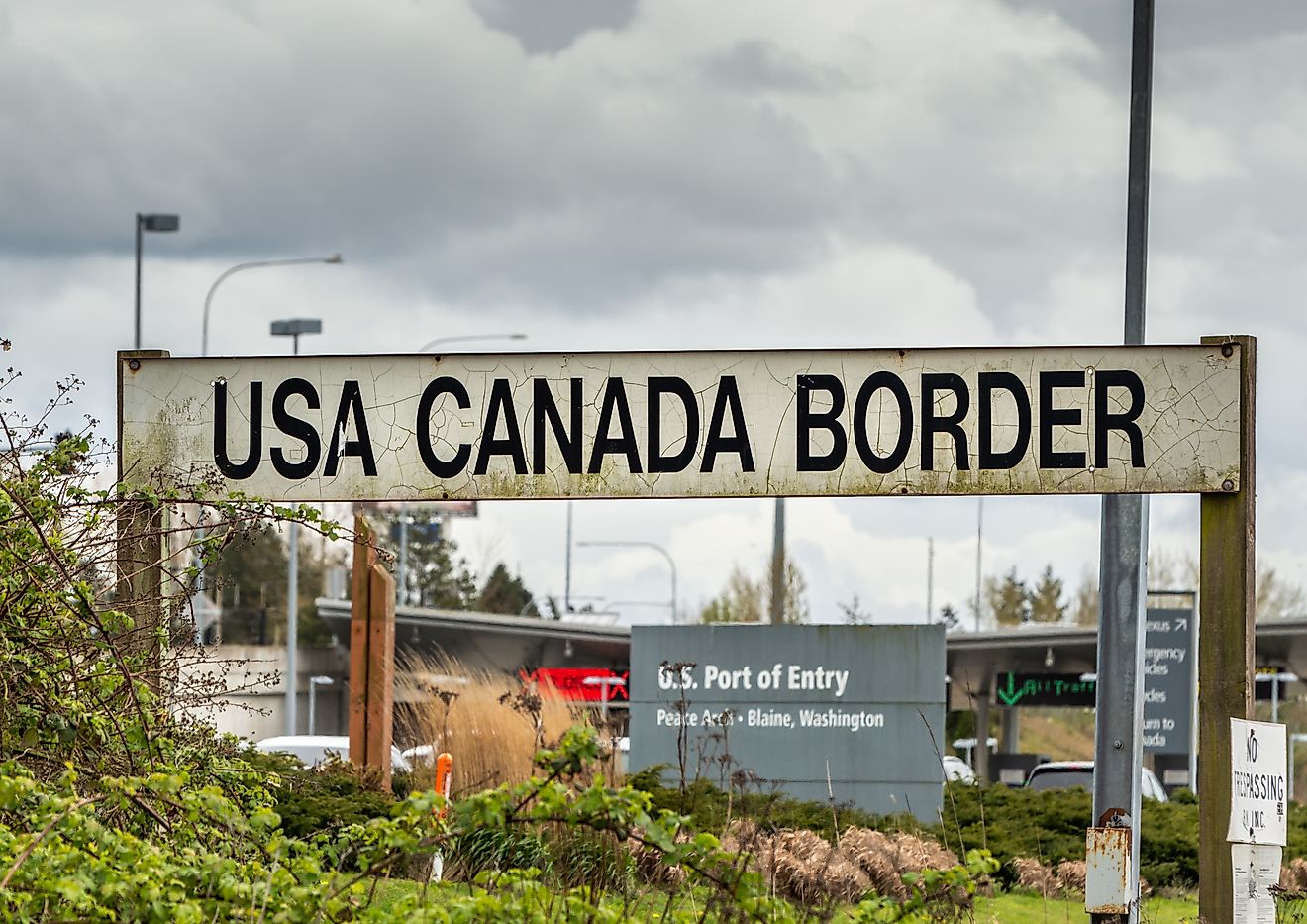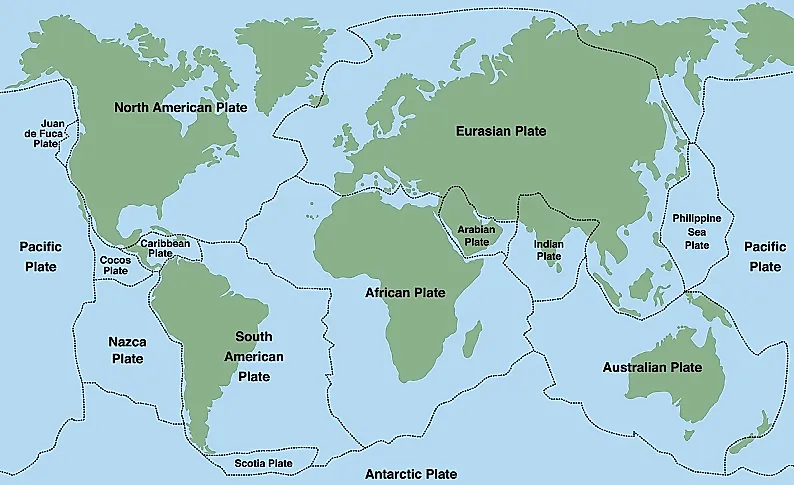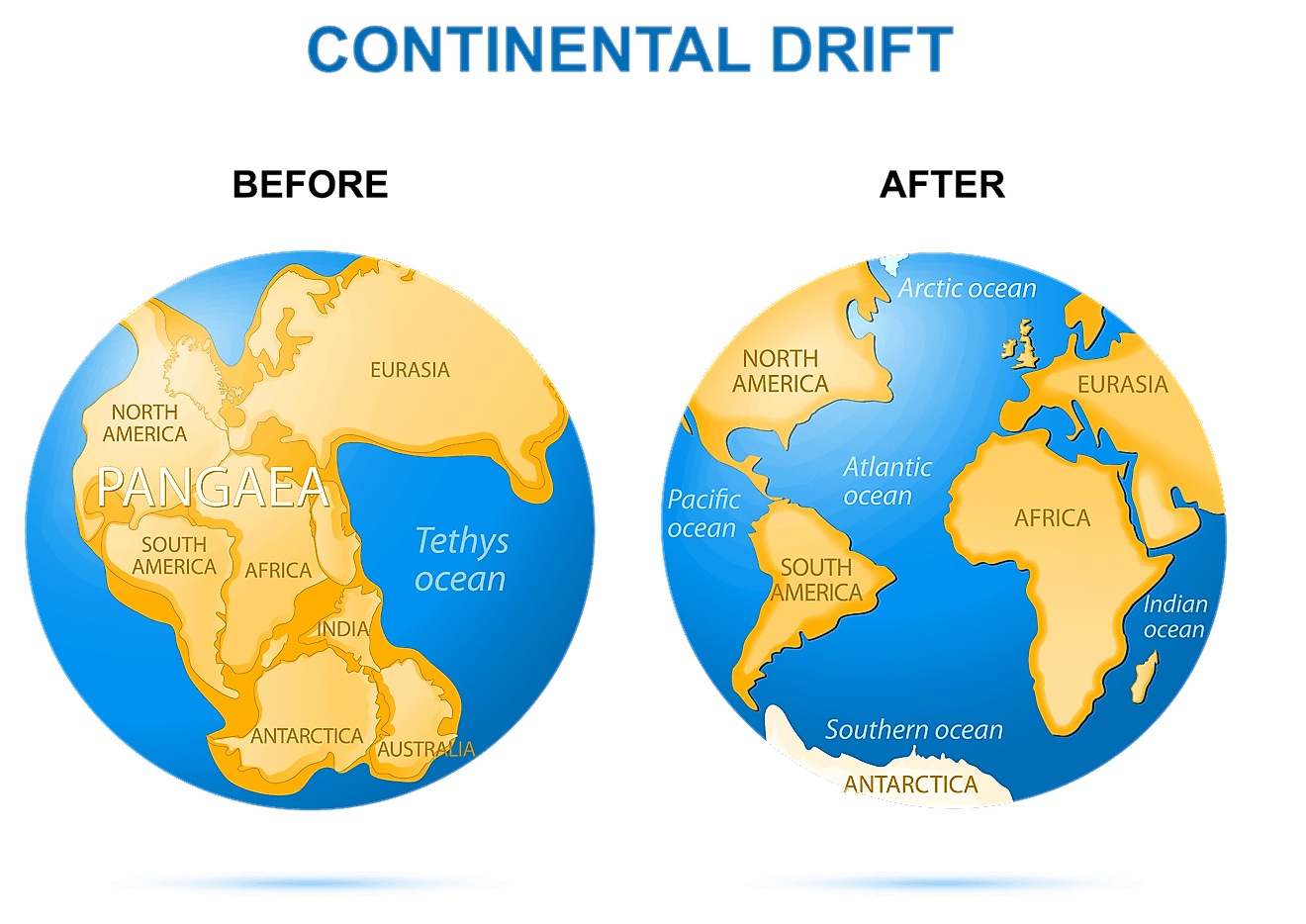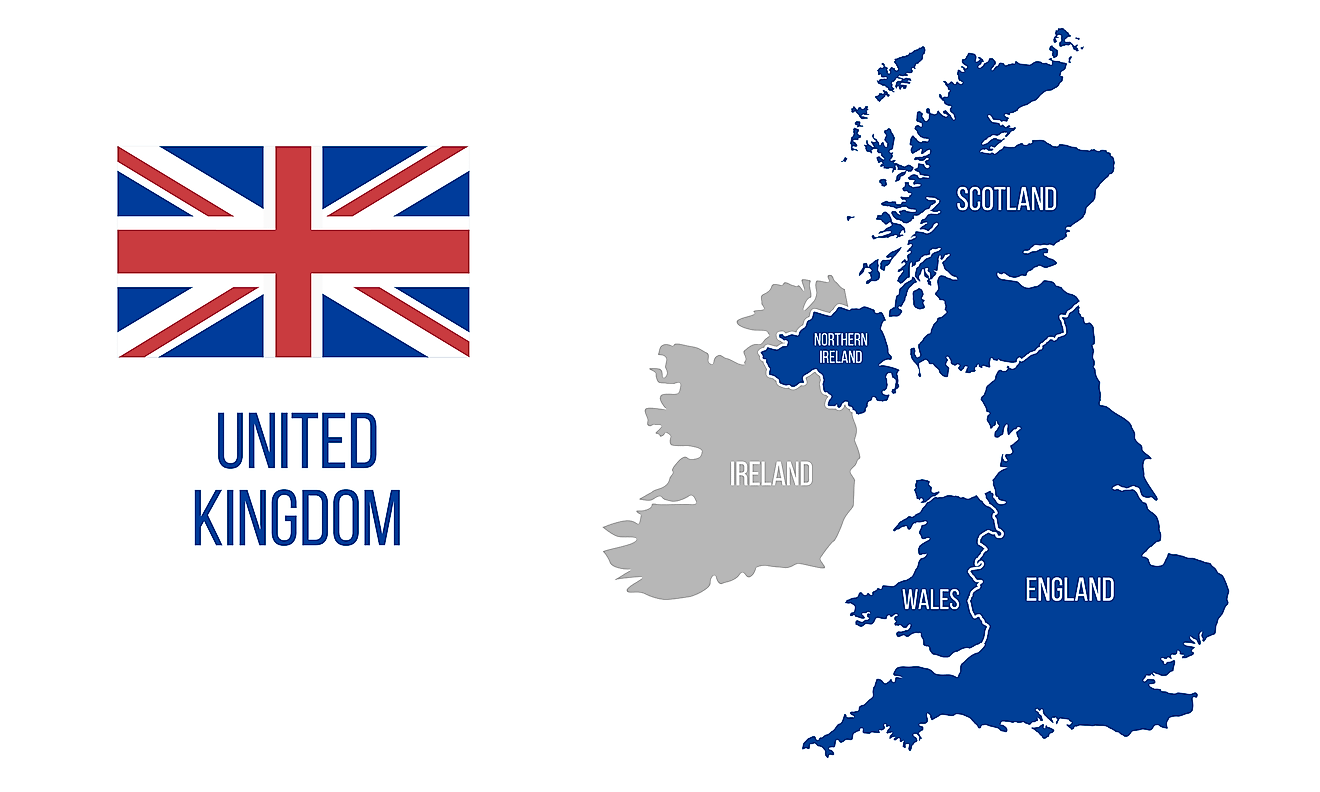10 Largest Lake Islands In The World

Lake islands are islands that are situated within a lake. They are a type of inland island that can be formed by numerous processes such as erosion, earthquakes, meteor impacts, sedimentation, and volcanic activities. Some of the world’s largest lake islands are discussed in this article.
Contents:
- Manitoulin Island
- René-Levasseur Island
- Olkhon Island
- Samosir Island
- Isle Royale
- Ukerewe
- St. Joseph Island
- Drummond Island
- Idjwi
- Ometepe Island
1. Manitoulin Island

Covering an area of 2,766 km2, Manitoulin Island is the world’s largest freshwater island and the 31st largest island in Canada. The island is located in Lake Huron within the boundaries of Canada’s Ontario province. The name “Manitoulin” was derived from the Indigenous Ojibwe term “Manidoowaaling” which means “Cave of the Spirit.”
Manitoulin Island itself contains over 108 freshwater lakes and some of these lakes, in turn, contain their own islands. Some of the most notable lakes in Manitoulin Island include Lake Kagawong, Lake Manitou, and Lake Mindemoya. With an area of 104 km2, Lake Manitou is the world’s largest lake located within the freshwater Manitoulin Island. Located in the center of Manitoulin Island in Lake Mindemoya, is the 33-hectare Treasure Island, which has the unique distinction of being the largest island in a lake on an island in a lake in the world.
The significant rivers of Manitoulin Island include Blue Jay Creek, Kagawong, Manitou, and Mindemoya rivers. These rivers serve as critical habitats for different fishes like trout and salmon.
2. René-Levasseur Island

Covering an area of 2,020 km2, the René-Levasseur Island is a large island that is located in the heart of Lake Manicouagan in the Canadian Province of Quebec. It is the world’s second-largest freshwater island and is much larger in surface area compared to the annular lake in which it is situated. The Manicouagan Reservoir is an artificial reservoir that was created by the construction of the Daniel-Johnson Dam on the Manicouagan River. The René-Levasseur Island and the Manicouagan Reservoir together form a significant geographical feature and are often referred to as the “eye of Quebec.”
Geological studies have revealed that the René-Levasseur Island was formed as a result of a meteorite impact that occurred about 214 million years ago. Located in the northern portion of the island in the Louis-Babel Ecological Reserve is Mount Babel, which rises to an elevation of 952 m and is the highest point on the René-Levasseur Island.
3. Olkhon Island

Covering an area of 730 km2, Olkhon Island is the world’s third-largest lake island and also the largest island on Lake Baikal that is located in eastern Siberia, Russia. The island is separated from the western shore of Lake Baikal by the Maloe More Sound and the Olkhon Gate Strait. Olkhon Island is about 71.5 km long and has a maximum width of 20.8 km. The island is mainly composed of granites and foliated metamorphic rocks and its terrain features a combination of taiga forests, mountains, steppe grasslands, and desert.
The eastern shore of the island is lined by steep mountains and Mount Zhima, which rises to an elevation of 1,276 m is the highest point on Olkhon Island. The Indigenous Buryat people live here and the important villages on the island include Khuzhir, Kharantsy, Malomorets, Yalga, and Ulan-Khushin. Since 1987, Khuzhir village serves as the administrative capital of Olkhon Island.
4. Samosir Island

Covering an area of 630 km, Samosir Island is the world’s fourth-largest lake island and also the largest recursive island. This large volcanic island is located in Lake Toba in northern Sumatra, Indonesia. It has been estimated that both the island and the lake were formed as a result of volcanic eruptions about 75,000 years ago.
The western part of the island is connected to the Sumatran mainland by a narrow isthmus, on which the island’s principal town of Pangururan is located. Samosir Island is inhabited by the Indigenous Batak people and its eastern part currently serves as an important tourist destination.
5. Isle Royale

Covering an area of 535.4 km2, Isle Royale is the world’s fifth-largest lake island and also the largest island in Lake Superior. The island is positioned in the northwestern part of Lake Superior and is administratively part of the US State of Michigan. Isle Royale is about 72 km in length and has a maximum width of 14 km. Along with 450 adjacent smaller islands, Isle Royale forms a part of the Isle Royale National Park. Located within the Isle Royale National Park is Mount Desor, which rises to an elevation of 425 m and is the highest point on the island.
There are many lakes on Isle Royale, among which the Siskiwit Lake is the largest. Numerous habitats are observed on the island, with the boreal forest being the most dominant. Some of the common terrestrial fauna found on Isle Royale include beavers, red foxes, red squirrels, snowshoe hares, minks, muskrats, ermines, and wolves. Numerous species of bats, amphibians, and reptiles have been recorded on the island. Isle Royale hosts about 270 km of hiking trails and also serves as a major tourist attraction offering various recreational activities like fishing, canoeing, kayaking, hiking, and boating.
6. Ukerewe

Covering an area of 530 km2, Ukerewe is the world’s sixth-largest lake island as well as Africa’s largest inland island. The island is situated about 45 km to the north of the African port city of Mwanza in Tanzania’s Ukerewe District. It is also Lake Victoria’s largest island. The Ukerewe Island’s shoreline is highly indented and forms numerous bays. The main island is further surrounded by about 27 smaller islands.
7. St. Joseph Island

Covering an area of 365 km2, St. Joseph Island is the world’s seventh-largest lake island that is situated in Canada’s Ontario Province in the northwestern portion of Lake Huron. After Manitoulin Island, St. Joseph Island is Lake Huron’s second-largest island. The island has a length of about 30 km and a maximum width of 20 km. Located near the heart of St. Joseph Island is “the Mountain,” which rises to an elevation of 345.6 m and is the highest point on the island. There are approximately 60 lakes on the island, of which Caufield Lake, Otter Lake, Rains Lake, and Twin Lakes are the most prominent. The island is drained by many rivers and small streams among which the Koshkawong River is the longest.
According to Köppen climate classification, St. Joseph Island experiences a humid continental climate with relatively warm summers and snowy cold winters. The vegetation of the island is mostly dominated by dense hardwood forests, conifers, red oak, beech, yellow birch, black spruce, sugar maple trees, etc.
Several animals are found on the island including bevers, bears, rabbits, raccoons, red fox, and deer. The surrounding waters and the inland lakes of the island serve as critical habitats for a variety of important birds like ducks, owls, eagles, osprey, songbirds, Caspian terns, blue jays, blue herons, sandpipers, and turkey vultures. Established in 1951 on the southwestern edge of the island is the St. Joseph Island Migratory Bird Sanctuary. Maintained by the Canadian Wildlife Service, this sanctuary provides important habitats for several wetland-dependent birds like waterfowls, the American black duck, black tern, herring gull, bald eagle, and lesser scaup.
8. Drummond Island

Covering an area of 347 sq. km, Drummond Island is the world’s eighth-largest lake island and also Lake Huron’s third-largest island. The US-Canada international border passes through the center of the short False Detour Channel that is situated on the eastern side of Drummond Island. The island and its surrounding township have been named in honor of the British Army Officer, Sir Gordon Drummond.
The US State of Michigan owns approximately two-thirds of the island. The eastern part of Drummon Island consists of several cliffs that form a part of the Niagara Escarpment. A major part of Drummond Island is covered by forests and the island also features the rare limestone grassland plains that are known as alvar. The Drummond island is connected with the mainland via the M-134 highway and the Drummond Island Ferry.
9. Idjwi

Covering an area of 340 km2, Idjwi is the world’s ninth-largest lake island and Africa’s second-largest lake island. This inland island is located in the middle of Lake Kivu and is a part of the Democratic Republic of Congo’s South Kivu Province. Idjwi has a length of about 70 km and is positioned almost halfway between the African nations of Rwanda and Congo.
10. Ometepe Island

Ometepe Island is located in Lake Nicaragua and covers an area of 276 km2. It is part of the country of Nicaragua and its name was derived from the Indigenous Nahuatl words for "two mountains," since the island consists of two volcanic islands joined together by an isthmus. Concepción is located in the northwest of the island and rises to an elevation of 1,610 m. Maderas is found in the southeast and it reaches an elevation of 1,394 m.
Ometepe Island hosts large populations of the white-faced capuchin monkey and mantled howler monkey, and conservation efforts are underway to protect these two species. The Ometepe Biological Field School can be found in the southeastern portion of the island. Economy on the island relies on livestock, agriculture, and tourism.
10 Largest Lake Islands In The World
| Rank | Island, Lake | Country | square km | square miles |
|---|---|---|---|---|
| 1 | Manitoulin, Lake Huron | Canada | 2,766 | 1,068 |
| 2 | Rene-Lavasseur, Manicouagan Reservoir | Canada | 2,020 | 780 |
| 3 | Olkhon, Lake Baikal | Russia | 730 | 282 |
| 4 | Samosir, Lake Toba | Indonesia | 630 | 243 |
| 5 | Isle Royal, Lake Superior | United States | 535.4 | 209 |
| 6 | Ukerewe, Lake Victoria | Tanzania | 530 | 205 |
| 7 | St. Joseph, Lake Huron | Canada | 365 | 141 |
| 8 | Drummond, Lake Huron | United States | 347 | 134 |
| 9 | Idjwi, Lake Kivu | DR Congo | 340 | 110 |
| 10 | Ometepe Island, Lake Nicaragua | Nicaragua | 276 | 107 |




